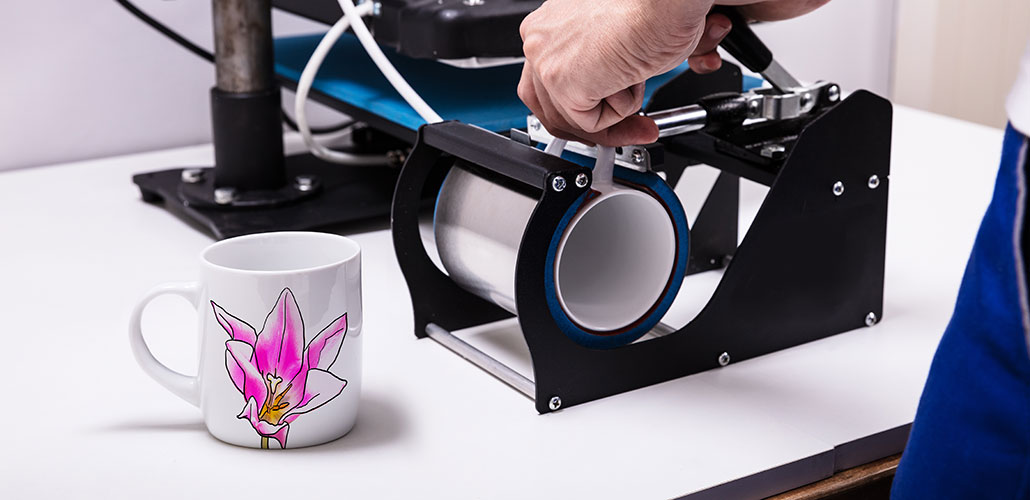Sublimation vs Heat Transfer: What’s The Difference?
It’s important to understand the differences between embroidery and screen printing to help you determine which is the best fit for your products. Heat transfer printing uses a machine to cut out letters and designs from colored vinyl and heat-press them onto the garment to transfer the color to it. Heat transfer printing depends on a combination of pressure and heat. Sublimation is quite similar to heat transfer, the process involves printing a design and pressing it to a garment with a heat press. The difference lies in the science behind sublimation. Ready to get science-y?
Sublimation ink, when heated, turns from a solid to a gas that embeds itself into the polyester fabric. When it cools, it goes back to a solid and becomes a permanent part of the fabric. This means that your transferred design adds no additional layer on top, so there’s no difference in feeling between the printed image and the rest of the fabric. This also means that the transfer is incredibly durable, and under normal conditions, the images you produce will last as long as the product itself.
Bonus! Sublimation not only works on polyester fabrics – it also works on a wide variety of hard surfaces with a poly-coating. This opens up an entirely new world of items you can customize – coasters, jewelry, mugs, puzzles and much more!
Types of Garments You Can Decorate
With sublimation, you’re more limited in the types of fabrics you can decorate compared to heat transfer paper. First, sublimation only works with polyester fabrics. No 100% cotton! This is because sublimation ink only binds to polyester material. You can get away with sublimating on some poly-cotton blends, but the transfer will not be as bright and vibrant as when you use 100% polyester. Because sublimation adds no extra layer on top of the fabric, the material also needs to be white or very light-colored for your transfer to show.
On the other hand, with heat transfer paper, you can decorate on light and dark-colored cotton, polyester and cotton-poly blends.
Product Vendors



